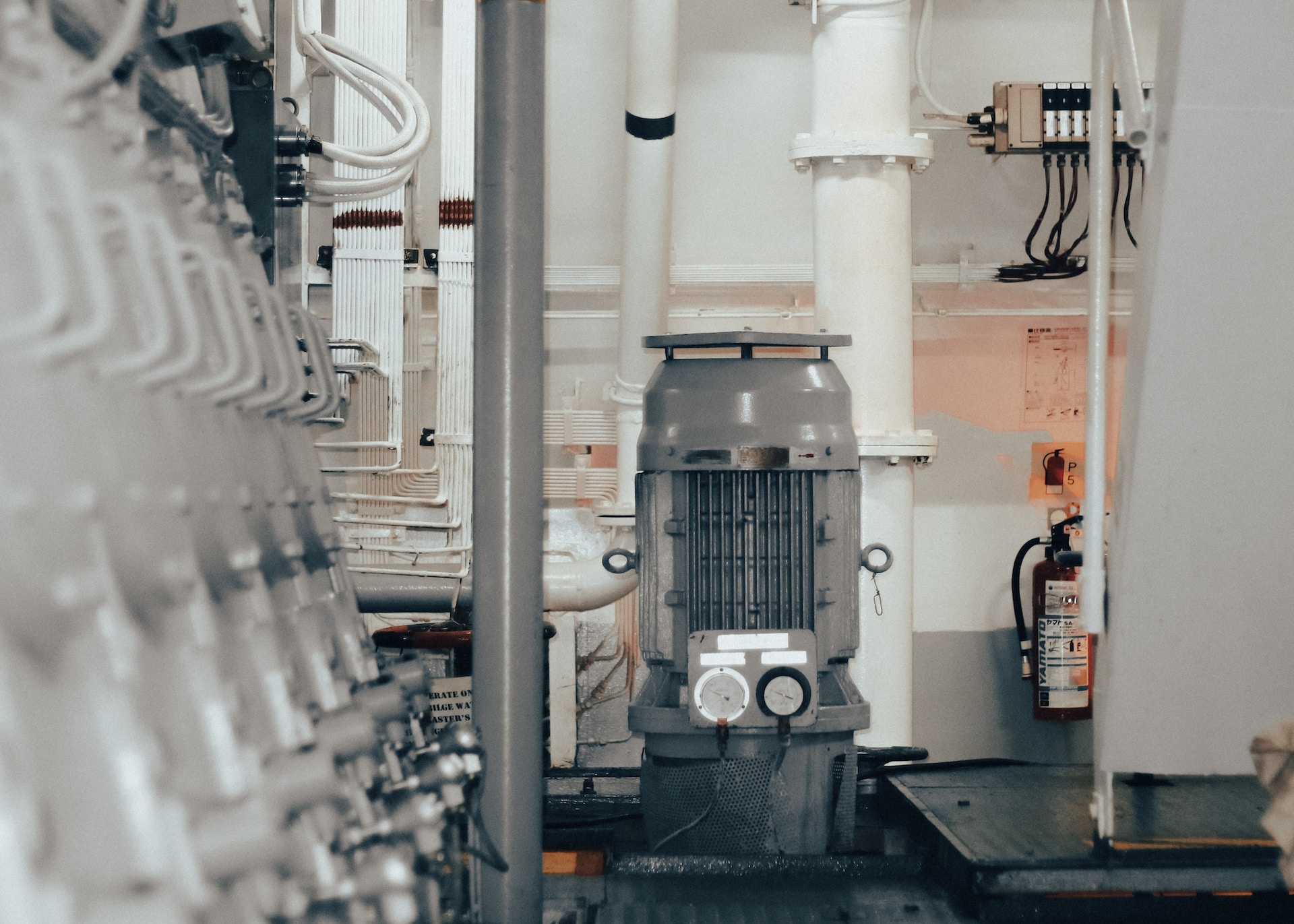Air receivers provide temporary storage for compressed air to even out the peaks of demand on your compressor system. They’re essential to your compressor’s overall performance.
Properly sized air receiver tanks reduce sudden demands on your compressor, reducing cycle counts and wear on piping. But that’s just one benefit of this air storage tank accessory.
Energy Savings
Air receiver tanks serve as a storage reservoir to average the peaks of compressed air demand throughout the course of a shift. This allows the trim compressor to work at lower output speeds, saving energy. The extra air stored by the tank also reduces sudden demands on the compressor, which prolongs its lifespan and decreases maintenance costs.
When sized correctly, air receivers can eliminate the need for costly compressor shutdowns during peak consumption events like equipment start-up or dryer purge. It is important that the air receiver is sized according to the variation of air demand and system pressure, which is why it is best to consult an expert to determine the correct size for your system.
A rule of thumb to consider is a minimum of two times the rated compressor SCFM for a VSD compressor and three times the rated compressor SCFM for if it is a fixed speed or load/no-load compressor. There are a number of online tools available to help estimate the best size for your application, but talking with a systems engineer will ensure you have the most accurate information.
Reduced Cycle Counts
Air receiver tanks provide a buffer between your compressor and your air consumption mechanisms, minimising pressure fluctuations that can cause production slowdowns or machine breakdowns. In addition, an air receiver tank removes moisture from compressed air to prevent rust or corrosion on equipment.
For the best performance of your compressed air system, every air receiver should be routed directly after the dryer and filter to eliminate the possibility of water entering your systems through the dryer or from the compressor itself. This is important because the presence of water in a compressed air system can increase energy generation costs by up to five percent.
When deciding on an air receiver size, make sure that you’re sizing it for the maximum peak demand for your facility. An air receiver tank that is too small will short cycle your compressor. This will create extra wear on your air compressor and cause a loss of efficiency.
Pulsation Dampening
Air receiver tanks reduce pulsation in the compressed air flow that results from a compressor’s cycle, helping to alleviate fatigue on other system components like piping and tools. This also helps to extend the life of the air compressor motor.
In addition, a properly sized air receiver tank can serve as a standby supply system for tricky situations such as power outages (typically switching from grid to generator) or unplanned loss of production systems and equipment from compressor failure. It can also be used for emergency shutdowns of a plant if necessary.
When sizing an air receiver tank, it is important to take into consideration the variation in consumption demand throughout the day and the anticipated peaks. There are a number of online tools that can help with this, as well as a compressor supplier who can talk through your requirements and design a system to meet your needs.
Increased Durability
Air receiver tanks are designed to withstand immense amounts of pressure and must be constructed with reinforced materials to prevent structural damage. They also contain safety features, such as a pressure gauge with a snubber, to protect the air compressor from over-pressurization.
The main function of an air receiver is to store compressed air for periods of high demand or short-term air flow fluctuations that the air compressor cannot manage on its own. This helps to reduce cycle counts, which lowers energy use and extends the life of the air compressor motor.

